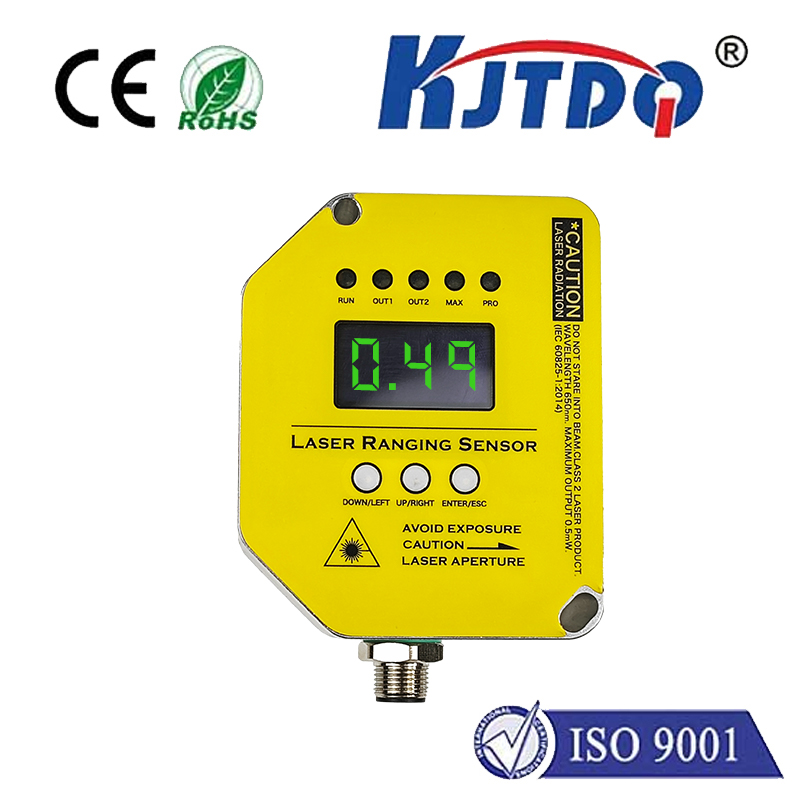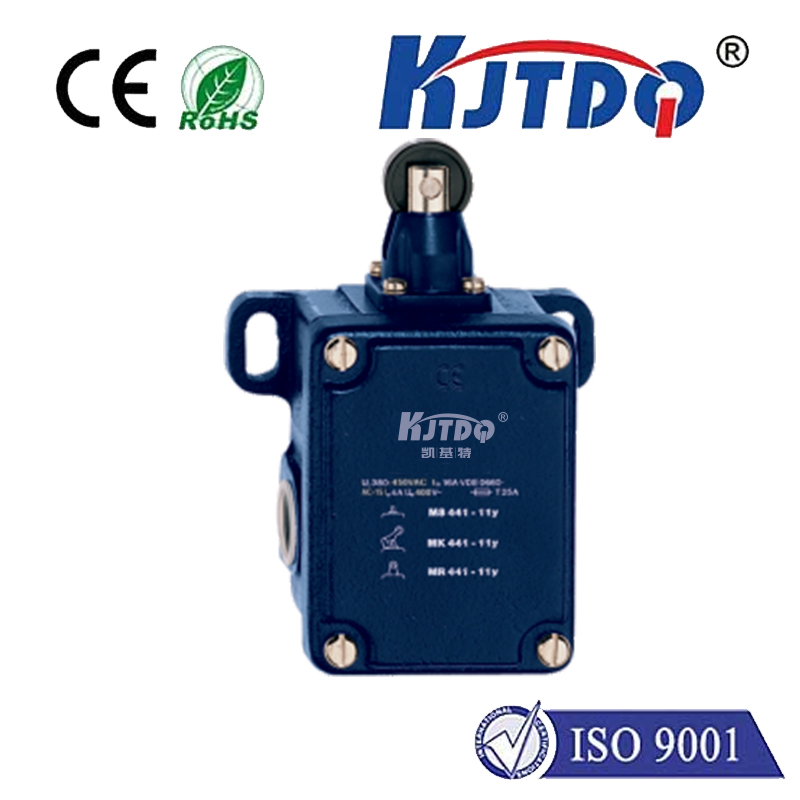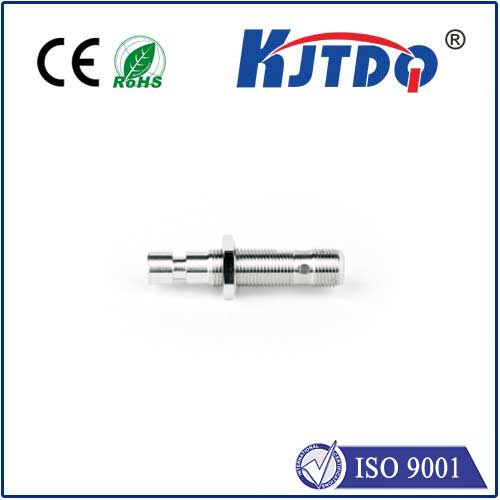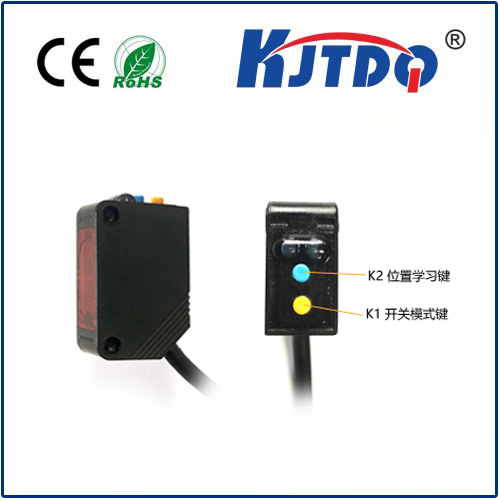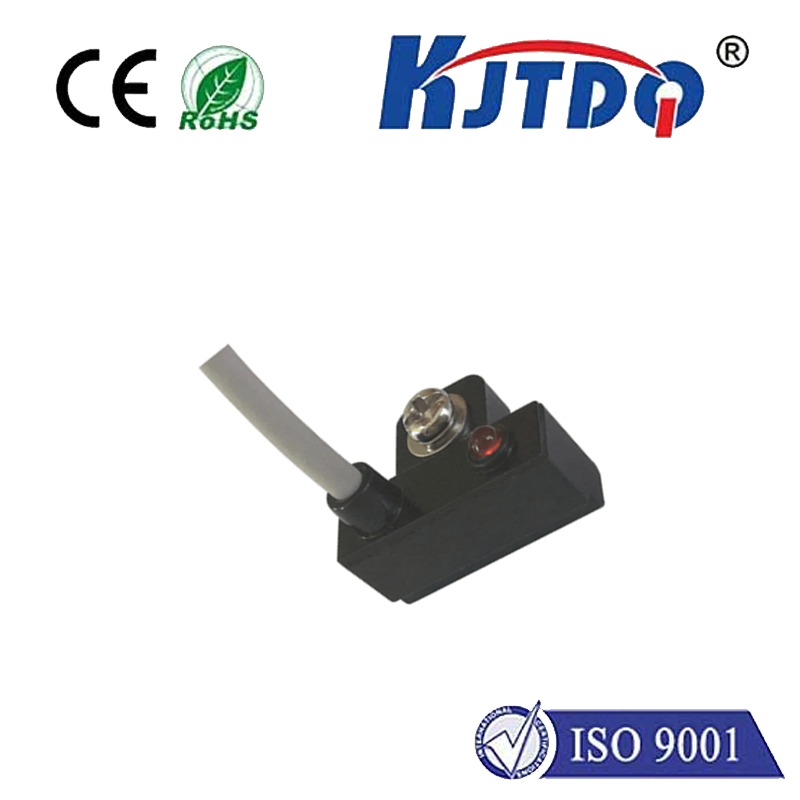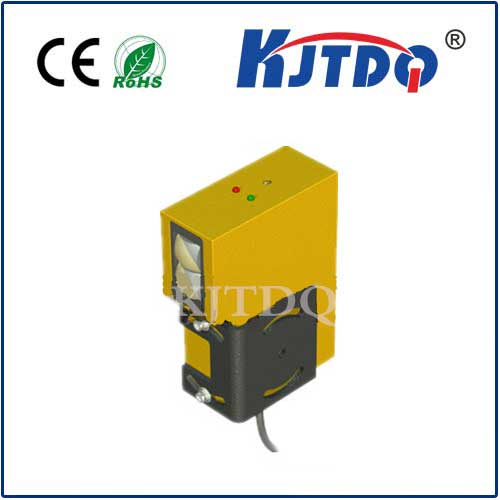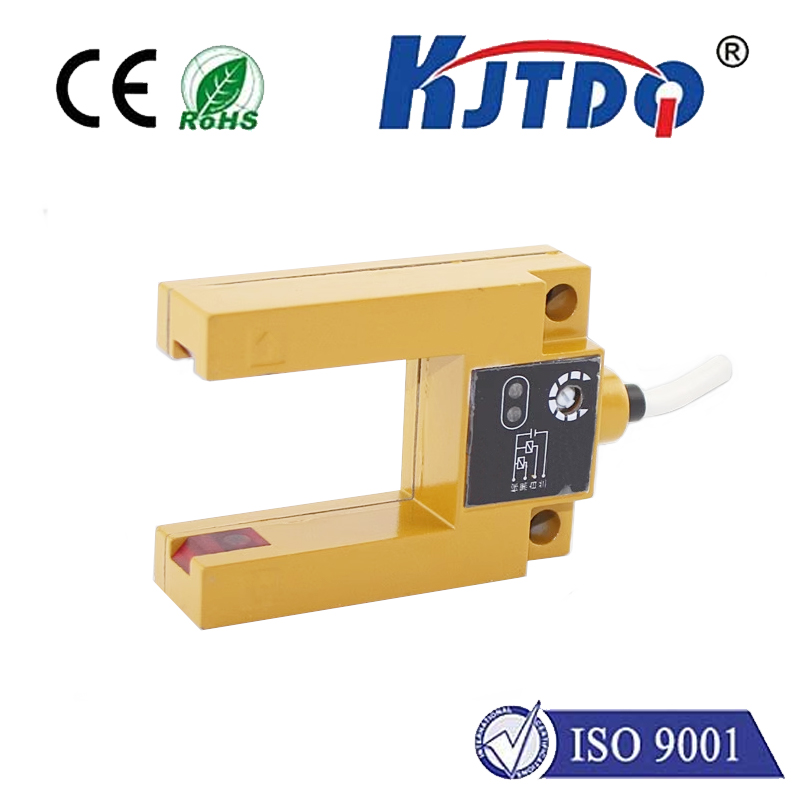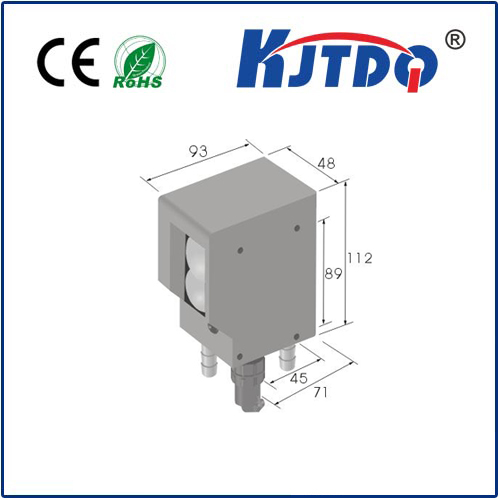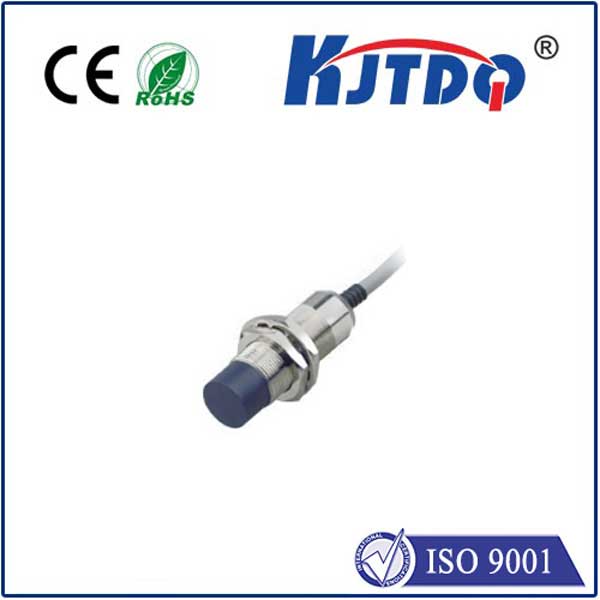electronic distance sensor
- time:2025-08-29 01:24:48
- Click:0
Beyond Tape Measures: How Electronic Distance Sensors Are Reshaping Precision
Gone are the days when measuring distance reliably meant stretching a tape, squinting for accuracy, or wrestling with cumbersome mechanical tools. In our increasingly automated and data-driven world, the demand for fast, precise, and often non-contact measurement is paramount. This is where the electronic distance sensor steps into the spotlight, becoming an indispensable component across countless applications. These ingenious devices quietly work behind the scenes, transforming how we interact with physical space in machines, systems, and everyday technology.
The Essence of Non-Contact Measurement
At its core, an electronic distance sensor detects the presence of an object and, crucially, calculates the space between itself and that object without physical touch. This fundamental capability unlocks a vast array of possibilities impractical or impossible with traditional methods. The elimination of contact prevents damage to delicate objects, allows measurement of moving targets, enables operation in harsh environments (dirty, hot, wet), and provides lightning-fast readings – often thousands of times per second.
How Do They Work? The Magic Behind the Measurement

Electronic distance sensors leverage diverse physical principles, each suited to specific needs and environments:
- Ultrasonic Sensors: One of the most common and versatile types. They emit high-frequency sound pulses and calculate distance by measuring the time-of-flight (ToF) – the interval between emitting the pulse and receiving its echo. Distance = (Speed of Sound × Time) / 2. They excel in general-purpose applications like parking sensors, level measurement in tanks, and object detection, working well even with various materials and surfaces. However, factors like temperature (affecting sound speed) and sound-absorbing materials can influence accuracy.
- Infrared (IR) Sensors (Time-of-Flight - ToF): These sensors emit modulated infrared light and measure the time it takes for the light to reflect off a target and return. IR ToF sensors are compact, offer good medium-range accuracy, and are widely used in devices like smartphones (face unlock, camera focus), robotics, and consumer electronics. They generally perform better with diffuse reflectors than highly reflective or absorbing surfaces.
- Laser Distance Sensors (Laser Triangulation & ToF):
- Laser Triangulation: Emits a laser dot onto the target. A receiving lens (positioned at a known angle to the emitter) focuses the reflected spot onto a position-sensitive detector (like a CCD or CMOS array). The position of the spot on the detector directly correlates to the distance. Renowned for exceptional accuracy at short to medium ranges, vital in industrial automation, quality control, and 3D scanning.
- Laser Time-of-Flight (Laser ToF): Similar to ultrasonic and IR ToF but uses laser light. Measures the time for a laser pulse to travel to the target and back. Suited for much longer ranges (meters to kilometers) than triangulation, commonly found in surveying (LiDAR), construction, and autonomous vehicle navigation, offering good accuracy over vast distances.
- Capacitive Sensors: Detect distance by measuring changes in capacitance between the sensor’s probe and the target. As the target approaches, the capacitance increases. Primarily used for very short-range proximity detection or measuring thin materials (like paper, plastic film thickness) in industrial settings. They require the target to be conductive or have sufficient dielectric properties.
- Inductive Sensors: Similar to capacitive but specifically detect conductive metal targets by inducing eddy currents. Distance measurement is feasible over very short ranges. Predominantly used for metal detection and precise positioning of metallic objects in machinery.
Where Precision Meets Application: Ubiquitous Influence
The power of electronic distance sensors lies in their diverse applicability:
- Industrial Automation & Robotics: Crucial for object positioning on conveyor belts, robotic arm path guidance, quality control (measuring dimensions, checking part presence/absence), precise assembly, and automated warehousing. They enable robots to “see” and interact accurately with their environment.
- Automotive: The backbone of Advanced Driver Assistance Systems (ADAS). Ultrasonic sensors power parking assist and blind-spot monitoring. Laser and radar sensors (a related RF technology) enable adaptive cruise control, automatic emergency braking, and collision avoidance.
- Consumer Electronics: IR ToF sensors enable smartphone face unlock and camera autofocus. Ultrasonic sensors facilitate gesture control in some devices. Laser sensors power rangefinders in modern cameras and DIY tools.
- Building Automation & Security: Used for occupancy detection (lighting/HVAC control), automatic door operation, and security systems (detecting movement or proximity).
- Agriculture & Drones: LiDAR sensors on drones map terrain, monitor crop health, and assist in precision spraying. Level sensors manage silo contents.
- Medical Devices: Found in equipment requiring precise non-contact measurement, such as patient positioning systems or diagnostic tools.
- Logistics & Material Handling: Essential for palletizing, warehouse automation (guiding AGVs - Automated Guided Vehicles), and inventory management systems measuring stock levels.
The Compelling Advantages: Why Choose Electronic?
The shift towards these sensors is driven by undeniable benefits:
- High Precision & Accuracy: Modern sensors achieve resolutions down to micrometers and accuracies suited for demanding industrial tasks.
- Non-Contact Operation: Vital for measuring delicate, moving, hot, or inaccessible objects without causing wear or interference.
- High Speed: Capable of taking thousands of measurements per second, essential for real-time process control and high-speed automation.
- Robustness & Reliability: Many sensors are designed to withstand challenging industrial environments – dirt, dust, moisture, and vibration.
- Versatility: Available for diverse ranges (millimeters to kilometers), target materials, and environmental conditions.
- Data Integration: Seamlessly provide digital output compatible with PLCs (Programmable Logic Controllers), microcontrollers, and data acquisition systems, enabling predictive maintenance and process optimization.
- Compact Size: Many modern sensors are incredibly small, allowing integration into tight spaces and portable devices.
Selecting the Right Tool: Considerations
Choosing the optimal electronic distance sensor requires careful thought:
- Required Range: From microns to kilometers?
- Accuracy & Resolution Needs: How precise must the measurement be?
- Target Characteristics: Material (metal, plastic, liquid?), surface (shiny, matte, transparent?), size, and color? This significantly impacts sensor choice (e.g., laser vs. ultrasonic vs. capacitive).
- Environment: Temperature extremes, dust, moisture, lighting conditions (sunlight can interfere with optical sensors), or potential contaminants?
- Update Speed: How quickly do you need measurements?
- Output Type: Analog voltage/current, digital (serial, Ethernet, IO-Link), switch output?
- Physical Constraints: Available mounting space?
The Future is Measured Electronically
Electronic distance sensors are far more than simple replacements for tape measures. They are sophisticated components enabling automation, enhancing safety, improving quality, and driving efficiency across an astonishing spectrum of industries. As technologies like LiDAR become more accessible, and advancements in MEMS (Micro-Electro-Mechanical Systems) lead to smaller, cheaper, and even more powerful sensors, their influence will only deepen. From the smartphone in your pocket to the robots building cars and the drones surveying our planet, these unseen sentinels of distance are fundamentally reshaping our interaction with the physical world, delivering unprecedented levels of precision and insight.






